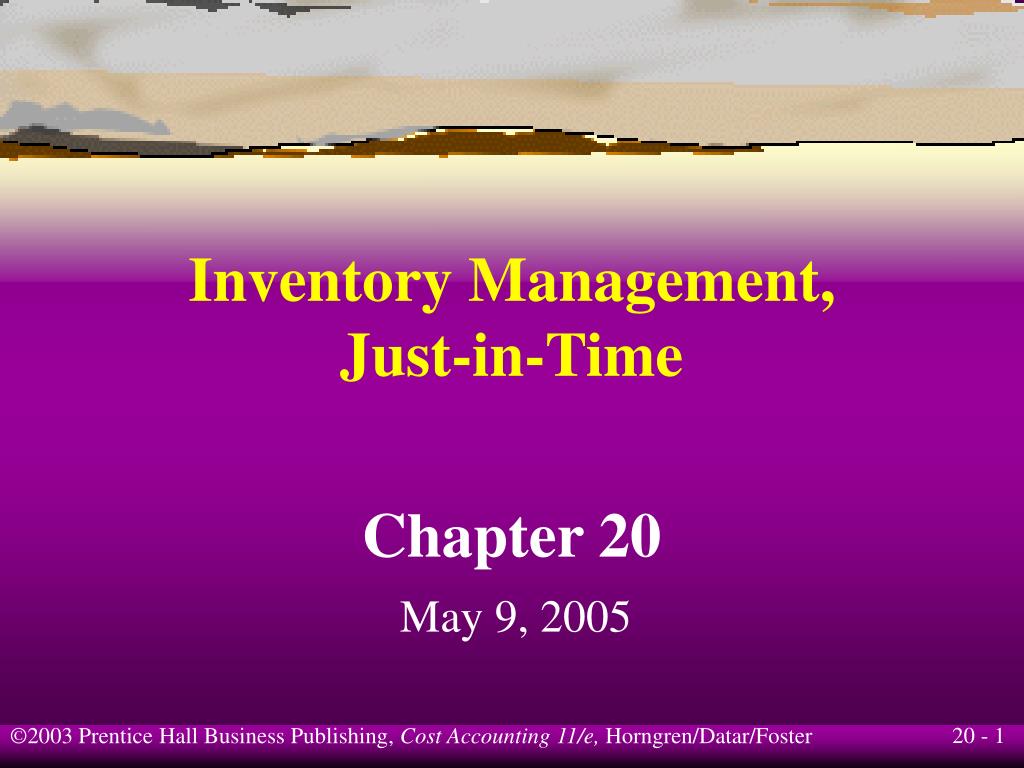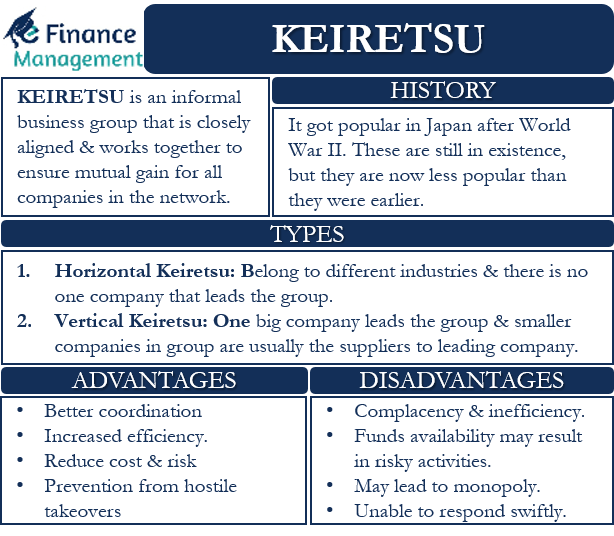
Let’s look at some of the benefits of just-in-time inventory. Just-in-Time suggests that a manufacturer only procures and produces what is needed, only when required to meet actual demand. JIT was popularized by the founder of Toyota, who first developed the concept. The end goal is to reduce inventory and inventory holding costs by aligning orders for raw materials from suppliers with production schedules. Therefore, retailers should opt for just-in-time inventory methods for the best results in inventory management.Just-in-time (JIT) inventory is an inventory optimization strategy that manufacturers utilize to increase efficiency and decrease waste. This is what the just-in-time inventory system stands for.

By maintaining cordial relationships with their suppliers and vendors, retailers can get an adequate supply of products in less time and of good quality. The just-in-time inventory management model is best suited for retailers, as they are always required to keep some products in demand as the stock in hand. Talking specifically about the companies or the type of business that should objectively use the JIT system of inventory management, retail companies should be on the top of the list. It not only increases the company’s efficiency by saving on production time but also focuses on reducing production wastage and improving the quality of the outputs. It is a very flexible and effective model of inventory management that increases the company’s efficiency to a great level. When seen from a border perspective, the just-in-time inventory system works for all companies and business owners. There is no overstocking of goods, and the risk of damaged products is diminished. No unsold products remain in the warehouse, and products are received from the vendors only when purchased. Secondly, keeping these cost savings in mind, another point to note is that waste is reduced. Products do not remain unsold, and the business does not incur a loss due to overstocking. Likewise, the amount payable to suppliers and vendors for obtaining raw materials and finished goods to be sold to customers is kept in check. In the same way, when your company forecasts the quantity of inventory to be stored and the labor required, it also includes the headcount of laborers to avoid extra wages. So, when your company does not have much inventory on hand, the storage area or warehouse requirement will also be smaller, making it manageable to reduce warehouse rental costs. The company cost depends on a lot of aspects, such as the cost for the storage area, workers’ wages, the caveat money to be paid to the suppliers, and other miscellaneous costs associated with running your company. The just-in-time inventory system depends upon holding minimum inventory in hand, making it easier for the business to do away with the problem of overstocking and arranging a larger storage area for the stock. Creation of a work environment where the workers can work in groups, effectively.The worker’s will and immersion in the process are key features.Product-oriented logical plant layout makes the whole process easier.One workstation can pull outputs from its previous one to carry on the ongoing process.Using communication tools to maintain uniformity and visibility of control.Workers with diversified skills are hired to improve the production process.

Scheduling the distribution of labor and proper cash flow.Looking up and maintaining a daily work schedule is an excellent control mechanism.

Maintaining an ideal lot size, so it doesn’t get bigger or smaller.Creating flexible changeover approaches that will reduce the setup time.Maintaining a greater level of organization and physical discipline.įocusing on better quality by looking into the more minor details.The methods involved in the just-in-time inventory methodology are as follows: The JIT inventory methodology uses many techniques to run the process smoothly while focusing on various aspects. In the just-in-time inventory method, the raw materials or final goods are received from suppliers only when needed or when the customer has already made a purchase.


 0 kommentar(er)
0 kommentar(er)
